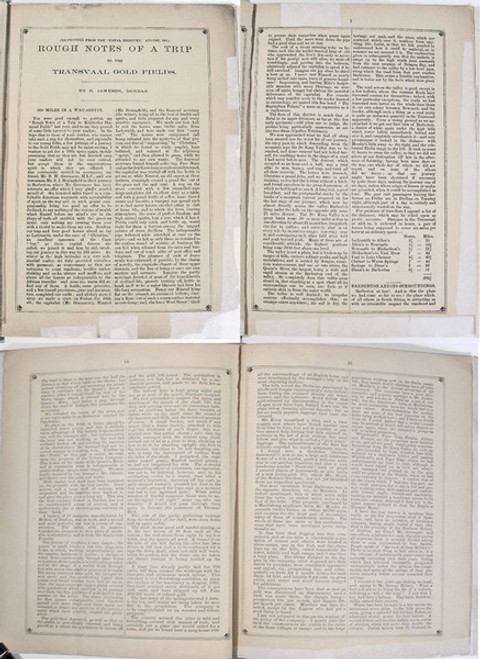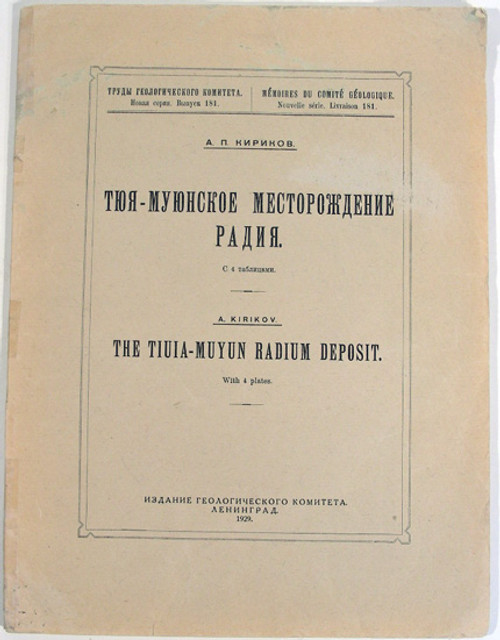Product Description
Jameson, Robert; Mineralogy of the Scottish Isles; with Mineralogical Observations made in a Tour through different parts of the Mainland of Scotland….in two volumes illustrated with Maps and Plates. Edinburgh, C. Stewart & Co. 1800. Quarto, 2 volumes in one. Vol. 1, pp. xxviii, 243, folded map "Map of Scotland Engraved for the Outline of the Mineralogy of the Scottish Isles.", 11 plates. Vol. 2, pp. iv, 289, folded map.
The work is complete and in a later brown clothing black cloth spine with gilt titles. The binding is tight and clean. The text and plates have light foxing but otherwise the set is clean and in very good condition.
Robert Jameson (1774-1854) was a Scottish mineralogist and geologist. He studied at the University of Edinburgh under John Walker and then at the Freiberg Bergakademie under Abraham G. Werner who was to have a major influence on Jameson's views of both mineralogy and geology. In 1804 he became the Regis Chair of Natural History at the University of Edinburgh. In 1808 he helped found the Wernerian Natural History Society. Jameson used the Society’s publication to defend Werner’s geological theories in Britain and it was not until his later years that he accepted Hutton’s views on geological processes. The mineral “Jamesonite” was named in his honor by Haidinger in 1825.
Jameson was descended from a Shetland Islands family in the Scottish Isles and as a student at the University of Edinburgh was taken on field excursions by Walker to several locations including the Scottish Isles. By 1794 he had decided to devote his life’s work to geology and mineralogy and spent his summers studying in the Shetland Islands. His observations were originally published in his “outlines of the Mineralogy of the Shetland Islands and the Island of Arran”. in 1798 and 1799 he studied the Hebrides, Western Islands and Orkneys. He included these observations in a much expanded version of the original work and titled it “Mineralogy of the Scottish Isles”. His observations are some of the earliest on minerals from Scotland.




















